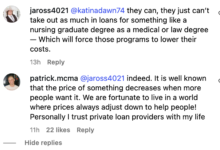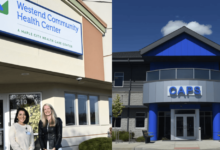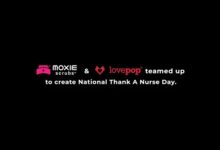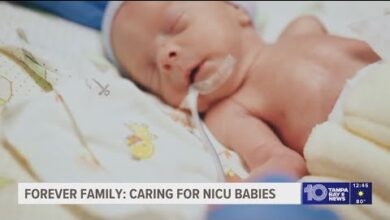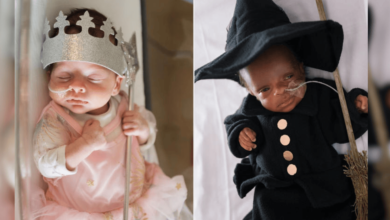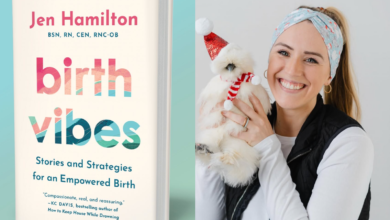Consultant nurse develops tool to help address skin tone bias

A nurse behind a pioneering scheme to improve care for Black and Asian patients facing long hospital stays has said her new way of working has given staff confidence – and sped up patient recovery.
Nurses, healthcare assistants and other support staff at London North West University Healthcare NHS Trust have recently started using skin tone cards to assist in spotting the early signs of pressure ulcers in patients with dark skin.
“Early signs were missed and that was because of the skin colour”
Luxmi Dhoonmoon
Luxmi Dhoonmoon, a tissue viability nurse consultant at London North West and a Queen’s Nurse, was the driving force behind introducing the scheme.
Ms Dhoonmoon said she has been pushing for improvements for Black and Asian patients in recovery for several years.
“We noticed that we had patients who have pressure ulcers, and where the wound has gotten very deep or extensive,” she said.
“When we looked back at what’s happening, the basics at the beginning, early signs were missed and that was because of the skin colour, so this is where the intervention came in.”
All nursing staff at the trust are now equipped with a lanyard featuring the chart, which divides skin tones into a numbered and lettered system to help address skin tone bias.
The staff are then trained, if a patient has a skin tone within a certain range, to check for signs of pressure ulcers that would show up differently to how they would on patients with lighter skin tones.
The skin tone cards also include a list of questions designed to help guide nursing staff to spot non-visual signs of pressure ulcers.

London North West staff are equipped with these skin tone cards
It was created because, historically, healthcare training in the UK focused on spotting dermatological conditions on white skin – checking for signs such as redness, which will not be present on a Black or Asian patient with darker skin.
Ms Dhoonmoon co-signed a best practice statement in 2021 calling for action to address skin tone bias, which she said was her “baby” and a passion of hers.
“My aim is to empower the staff I work with,” she said. “When they have their skin tone cart, they’re looking at patients’ pressure points – and if someone has a skin tone of, for example, four, I can see their buttocks is five or six, darker than normal, it rings alarm bells straight away.”
Since the implementation of the card at London North West, Ms Dhoonmoon said she has already begun to see an impact.
“We had a patient who was admitted with an acute episode of a stroke and, because staff use the card, they were able to put prevention in place early enough a pressure ulcer was prevented,” she noted.
“We didn’t have to delay their rehabilitation and the patient was able to rehab, fully bear their weight and discharge with intact skin.”
What is, for clinicians, a minor change to workflow has helped speed up the recovery of patients, such as those in London North West’s stroke units, Ms Dhoonmoon said.
She added that she hoped the scheme could be introduced widely across the country, and that areas with very high and very low ethnic diversity would particularly benefit.
“Helping staff with a little thing, just like a small card, can empower them to be more confident in checking skin they are not used to seeing,” said Ms Dhoonmoon.
